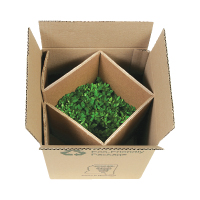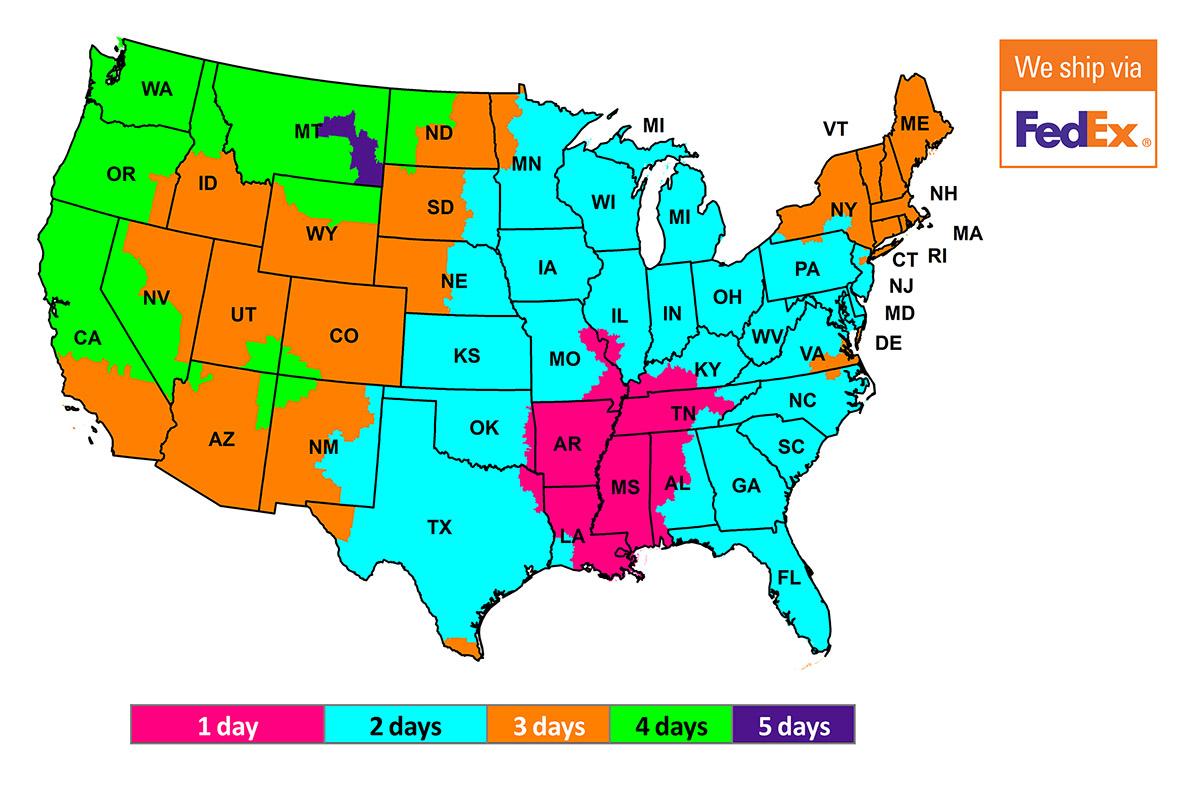








Green Mound Juniper in Water Pot - DT0118GMJWP
- AGRICULTURAL RESTRICTIONS:
- CANNOT SHIP TO CALIFORNIA
- ITEM CODE:
- DT0118GMJWP
- BOTANICAL NAME:
- Juniperus procumbens 'Nana'
- AGE:
- 4
- HEIGHT:
- 8 - 10"
- HARDINESS ZONE:
- 4A - 9B
Considered a very hardy conifer, the Green Mound Juniper (Juniperus procumbens Nana) is a non-flowering bonsai tree that makes a great choice for bonsai because it is easy to prune and train. Grown in the USA, the Juniper bonsai is one of the most popular types of bonsai trees and is a favorite of many bonsai enthusiasts. The natural movement of the trunk and branches capture the essence of bonsai; making Green Mound the most used juniper variety. These junipers are also forgiving of less than ideal conditions, and can thrive in temperatures as low as 15 degrees F with protection. The juniper tree is a low growing plant, producing lush greenery atop interesting bark that adapts well to several creative forms of bonsai bark manipulation. This juniper bonsai tree will grow with outstanding beauty, remaining green throughout the year. Juniper trees have long been a symbol of protection and strength; believed to bring power to overcome any obstacle life may throw your way.
This large Juniper bonsai tree will ship in a tranquil water bonsai pot, designed with a standing water pool to reflect the beauty of the tree. Bonsai pots will vary in color and style, so every bonsai plant is unique. Sadly, state agricultural regulations prohibit us from shipping these trees to California. Ideally, paired with 13" humidity tray for optimal growth.
Your bonsai tree has been grown in a state-of-the-art greenhouse under precisely controlled conditions to achieve optimum health. Your order will be carefully wrapped in a custom designed shipping carton and delivered with detailed care instructions. If, for any reason you are not completely satisfied with your tree or with our service, please notify us within 30 days of receipt. We will correct the situation to your satisfaction.
For additional information, see our Shipping & Returns page.










